Jul 07 2014
9/11 Conspiracy Debate – Part IV
This is the final installment of a four part written debate between myself and Michael Fullerton, who believes that the collapse of the Twin Towers on 9/11 was not due to the official story of damage from the impact of commercial jets, but rather the result of a controlled demolition. His initial post is here. My first response is here. Michael’s rebuttal is here.
_____
Part IV: Rebuttal to Michael Fullerton
by Steven Novella
I was disappointed to read Michael’s rebuttal last week, as we had agreed to a respectful exchange, but Michael apparently felt the need for juvenile insults of not only me but my readers. I also found it difficult to follow his logic, and specifically to understand what his position actually is.
In this rebuttal I must speculate to some extent about what it is, exactly, that Michael claims happened to the WTC 1 and 2 on 9/11. Other than that controlled demolition was used, he has not presented a coherent narrative for what took place.
He has also completely failed to address my actual position. Instead he has relied upon trumped up fallacies and attacking straw men of his own imaginings.
I will first lay out again my position and the supporting evidence. I will then address what I infer to be Michael’s position, or address his possible positions. He is welcome to correct any errors in the comments by clarifying what it is he claims occurred.
There are two components to the collapse of the towers that we can discuss: the first is the initiation of each collapse, and the second is the subsequent complete collapse of the towers down to the ground. At no point does Michael directly address the initiation of collapse, but neither does he explicitly concede my position. What is incontestable is that commercial jets fully loaded with fuel struck each of the towers in a deliberate act of terrorism. The jets damaged outer supports at the site of impact, the jet fuel exploded, and the buildings caught fire.
There is compelling evidence that the initial damage combined with weakening of the steel columns from the heat of the fires caused the floors at that level to sag, pulling in the outer walls until they were no longer able to bear the load, initiating collapse. It is most obvious in the South Tower that the outer columns failed on one side, causing the top portion of the building to fall to that side, distributing extra load to the remaining columns until they failed, resulting in the collapse of that level.

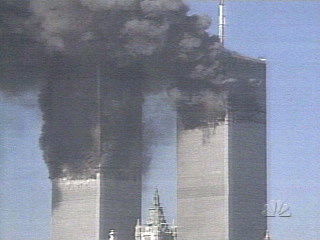
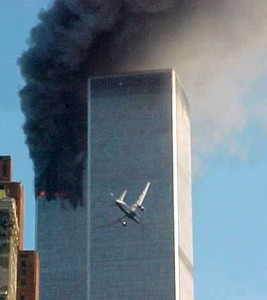
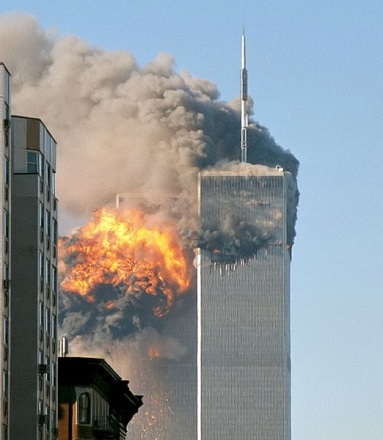
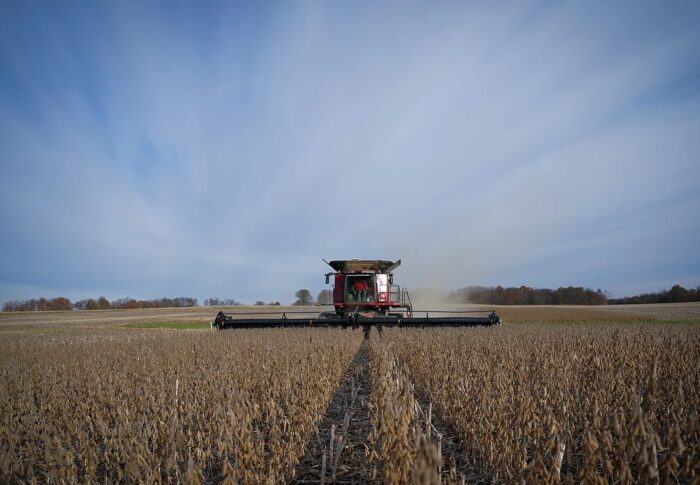 Some narratives are simply ubiquitous in our culture (every culture has its universal narratives). Sometimes these narratives emerge out of shared values, like liberty and freedom. Sometimes they emerge out of foundational beliefs (the US still has a puritanical bent). And sometimes they are the product of decades of marketing. Marketing-based narratives deserve incredible scrutiny because they are crafted to alter the commercial decision-making of people in society, not for the benefit of society or the public, but for the benefit of an industry. For example, I have tried to expose the fallacy of the “natural is always good, and chemicals are always bad” narrative. Nature, actually, is quite indifferent to humanity, and everything is made of chemicals.
Some narratives are simply ubiquitous in our culture (every culture has its universal narratives). Sometimes these narratives emerge out of shared values, like liberty and freedom. Sometimes they emerge out of foundational beliefs (the US still has a puritanical bent). And sometimes they are the product of decades of marketing. Marketing-based narratives deserve incredible scrutiny because they are crafted to alter the commercial decision-making of people in society, not for the benefit of society or the public, but for the benefit of an industry. For example, I have tried to expose the fallacy of the “natural is always good, and chemicals are always bad” narrative. Nature, actually, is quite indifferent to humanity, and everything is made of chemicals.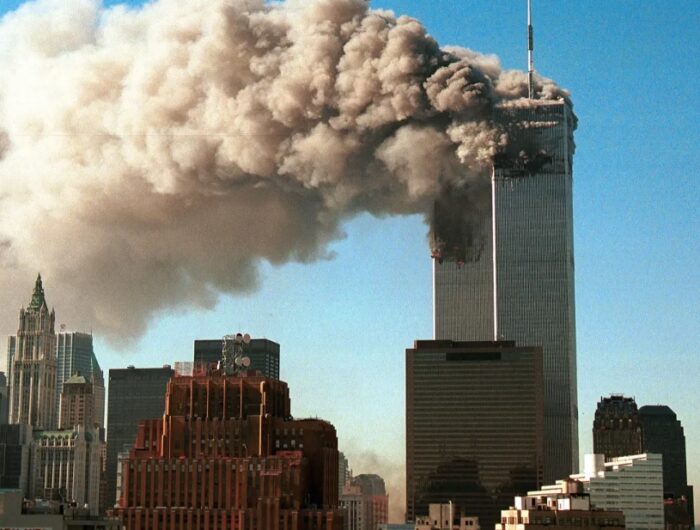 Ah, the categorization question again. This is an endless, but much needed, endeavor within human intellectual activity. We have the need to categorize things, if for no other reason than we need to communicate with each other about them. Often skeptics, like myself, talk about conspiracy theories or grand conspiracies. We also often define exactly what we mean by such terms, although not always exhaustively or definitively. It is too cumbersome to do so every single time we refer to such conspiracy theories. To some extent there is a cumulative aspect to discussions about such topics, either here or, for example,
Ah, the categorization question again. This is an endless, but much needed, endeavor within human intellectual activity. We have the need to categorize things, if for no other reason than we need to communicate with each other about them. Often skeptics, like myself, talk about conspiracy theories or grand conspiracies. We also often define exactly what we mean by such terms, although not always exhaustively or definitively. It is too cumbersome to do so every single time we refer to such conspiracy theories. To some extent there is a cumulative aspect to discussions about such topics, either here or, for example, 




